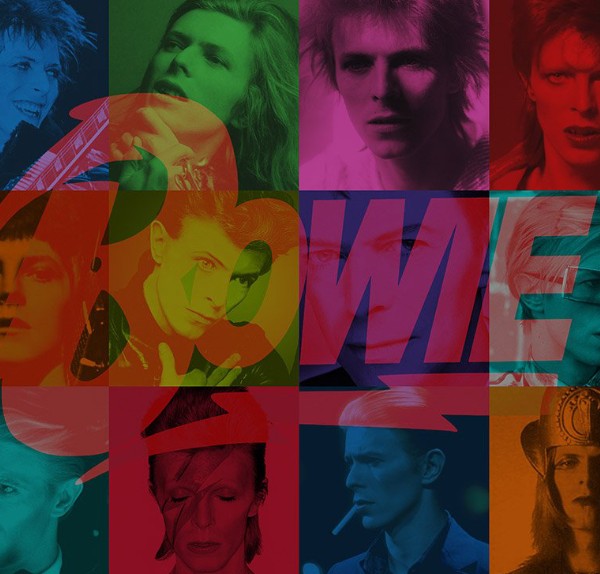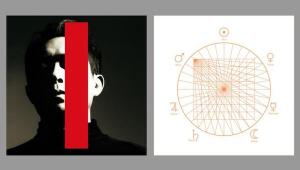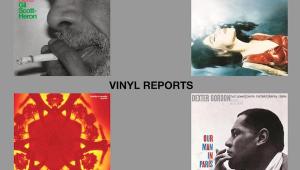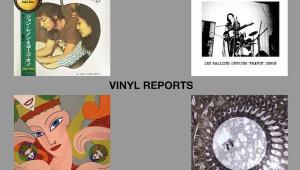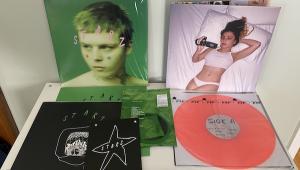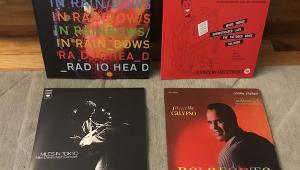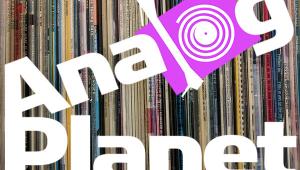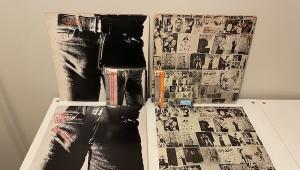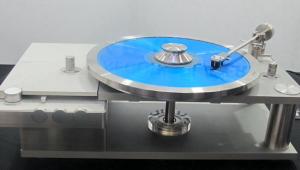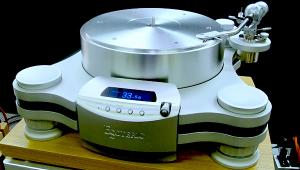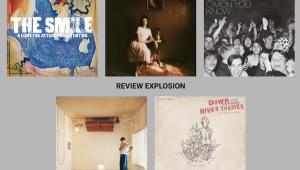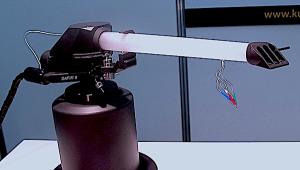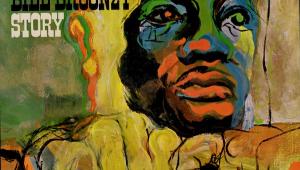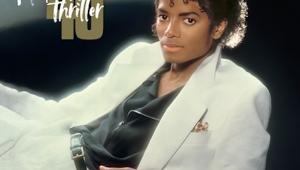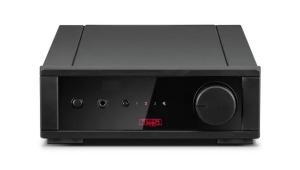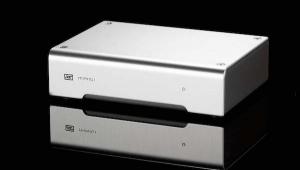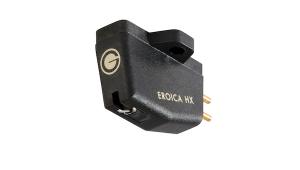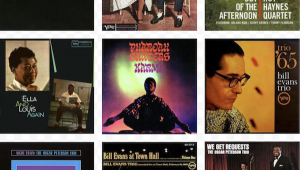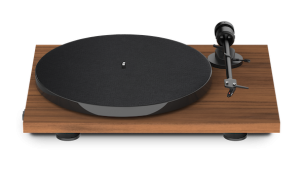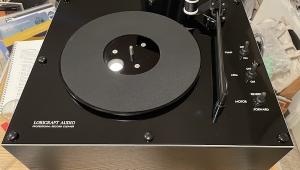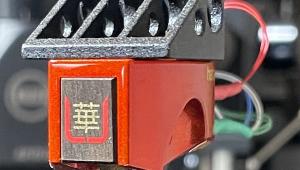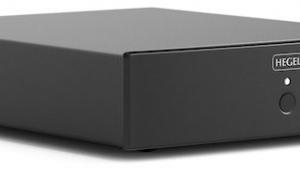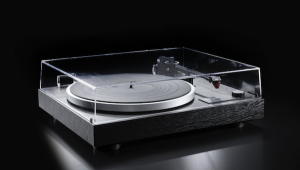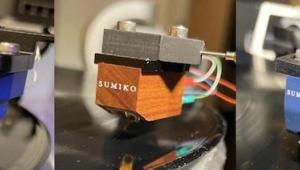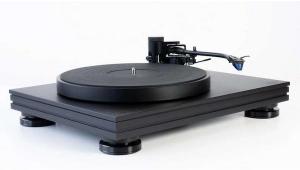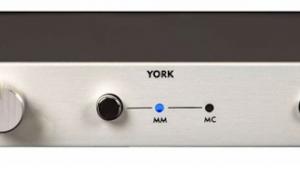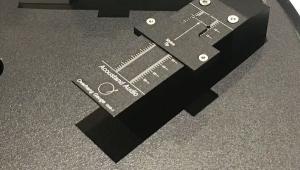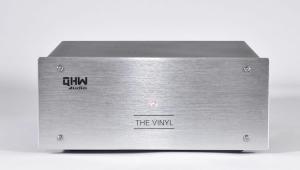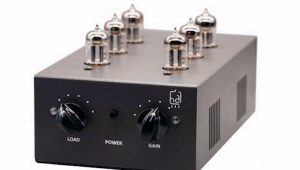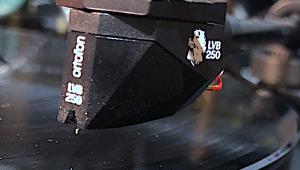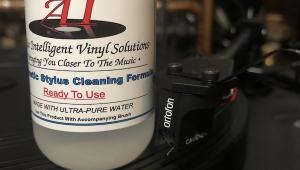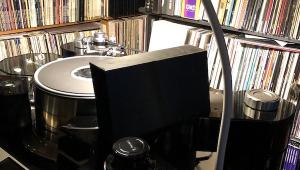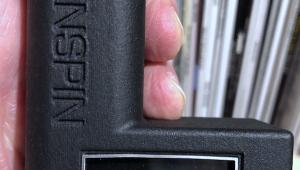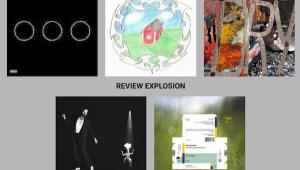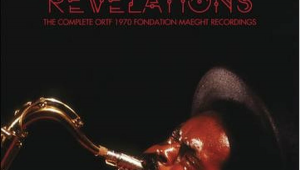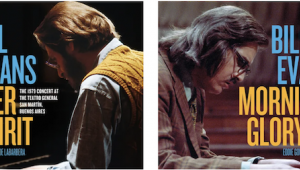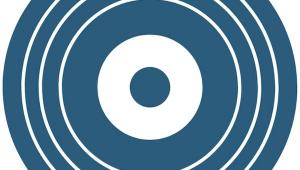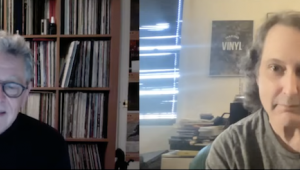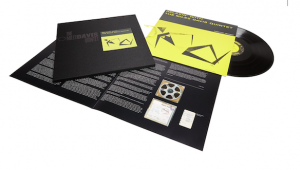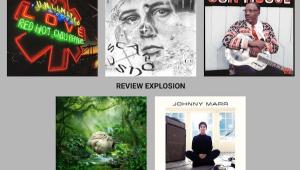David Bowie’s Young Americans Deserves Reassessment, Thanks to Its Fascinating New Half-Speed Mastered 180g 1LP Edition
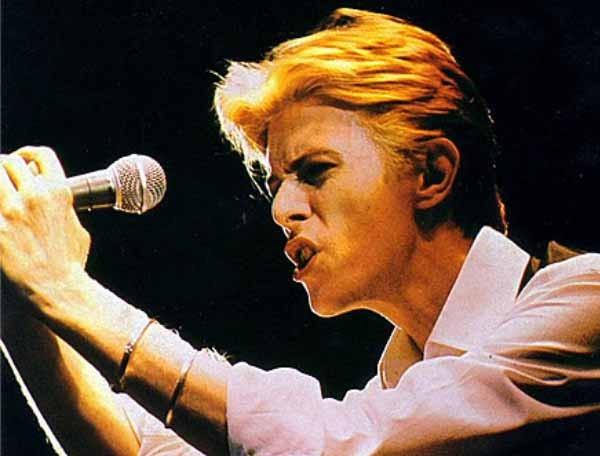
David Bowie’s March 1975 LP release on RCA, Young Americans, was an album that in some ways divided fans and his career, despite it being his first Top 10 hit album that also bore his first No. 1 single, “Fame.” This album came out in the aftermath of the shedding of his Ziggy Stardust persona and not long before the full-flowered emergence of his suave and sophisticated Thin White Duke phase. Parlophone’s new half-speed-mastered reissue of this transitional and transformational release gives us good reason to reconsider the music and sound of Young Americans, one of the more underappreciated classics in the mid-’70s Bowie catalog.
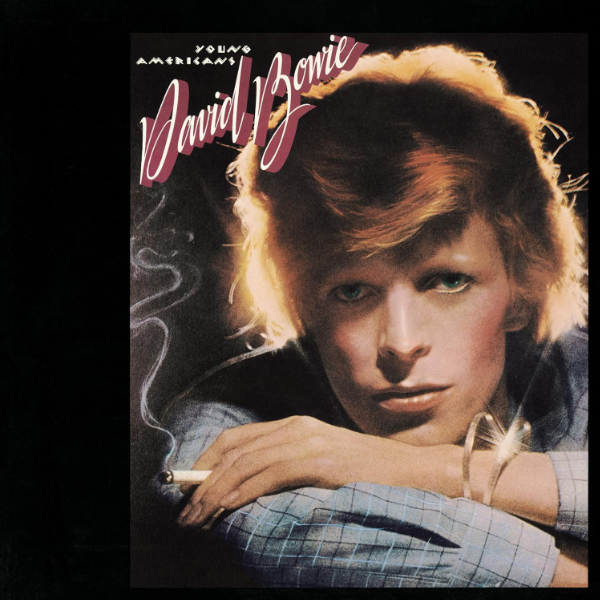
Some background now, to set the stage. Glam rock was indeed done by this point in the decade. Rod Stewart left The Faces, and went solo. Ian Hunter left Mott The Hoople, and by 1976, he put out a soul-leaning album featuring the likes of David Sanborn and Jaco Pastorius. Alice Cooper left Alice Cooper. Post-Eno Roxy Music had their first funky dance Top 30 hit (“Love Is the Drug,” from October 1975’s Siren). Disco-fied funk was the unstoppable Soul Train coming head on for the mainstream.
Yes, the mid-1970s was a time of transition for the music business, and for every hit-aspiring pop artist. The Vietnam War was finally over, and in many ways people just wanted to dance and party — and boy, did they ever do all that, and more! Even rock & roll’s bad boys The Rolling Stones began dabbling with the funk themselves, as they began to record “Hot Stuff” in the month that Bowie’s Young Americans was released. (Eventually, “Hot Stuff” became the lead track on The Stones’ April 1976 LP, Black and Blue). Perhaps only Elton John beat Bowie to the Philly punch by a smidge with his hit February 1975 single “Philadelphia Freedom,” itself a bit of musical homage to the groundbreaking productions of Gamble & Huff, as well as Thom Bell. Even so, Bowie was essentially way ahead of the curve as per usual, championing then-unknown future soul superstar Luther Vandross, who sang backing vocals on Young Americans.
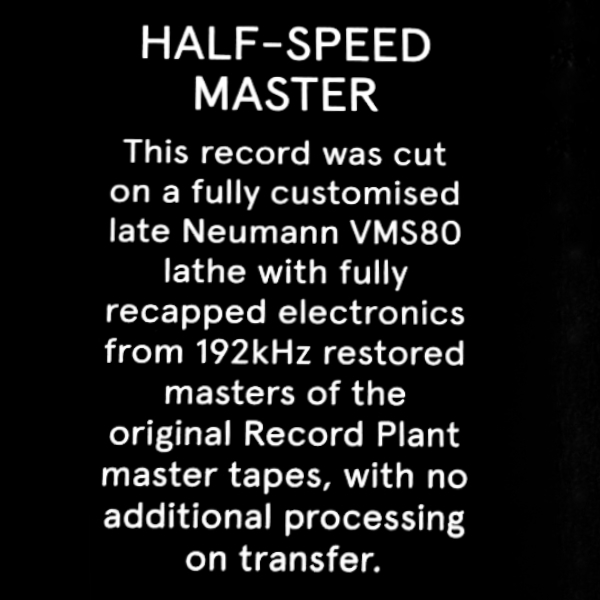
Before we ease on further down the rails of dance fever, let’s look at the DNA behind this new reissue of Young Americans to shed further light on this recording. According to the press materials (and the hype sticker), “This new pressing of Young Americans was cut on a customized late Neumann VMS80 lathe with fully recapped electronics from 192kHz restored masters of the original Record Plant master tapes, with no additional processing on transfer. The half-speed was cut by John Webber at AIR Studios.”
The 180g black vinyl pressings of this new edition of Young Americans, which was released on March 7, 2025, were manufactured at Optimal in Germany. The LP itself comes housed in a sleek black, plastic-lined audiophile-grade inner sleeve. Also included is a printed two-sided lyric sheet in the same layout as the graphics used for the original 1975 album’s inner sleeves. The SRP for the new half-speed mastered edition of Young Americans is a very reasonable $24.99, and you can order it right now via Music Direct here, and/or via the MD link graphic at the end of this review ahead of the tracklisting section.
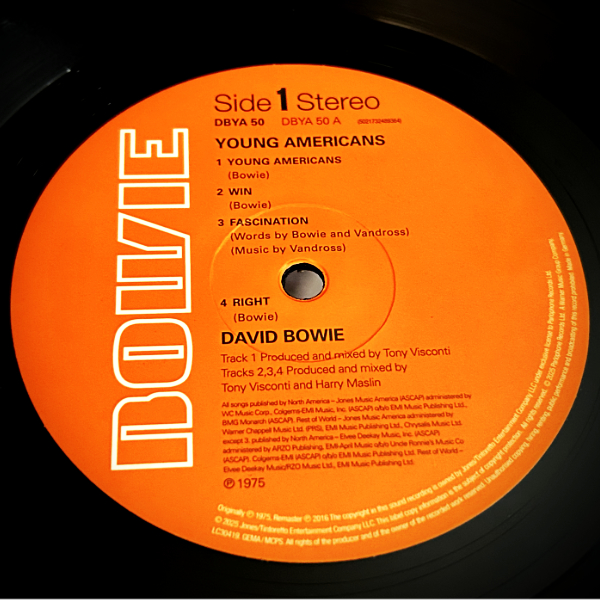
While the powers that be didn’t quite exactly reproduce the look of the RCA labels of the period here, they quite brilliantly found a happy solution that they’ve deployed for all the recent Bowie reissues of late (Footnote 1) — and it feels quite perfect, in its taking ownership of that classic font for their own Bowie-branded pressings. These labels mirror the original orange RCA label in look and feel, especially of those in the UK (by 1975, RCA was already transitioning to a beige label style). Nonetheless, this choice totally satisfies the obsessive collector in me, both remaining “period accurate” and keeping true to the vibe of the artist and the times when this music was created.
I do have to admit upfront that Young Americans has historically been something of a flustering album for me, much in the way that John Lennon’s September 1974 Apple LP Walls and Bridges initially confounded me. Don’t get me wrong — I’ve grown to love both albums, and now appreciate them for what they are. But at the time of their respective releases, it was a little confusing, because both LPs marked a point where new sounds were emerging from these artists that were decidedly, well, non-British-sounding — something I was not expecting from these artists.
It all makes perfect sense, in retrospect. Lennon was living in New York, and Bowie was embracing Philly soul. Heck, now that I think about it, Walls and Bridges had its own funky, fast grooving No. 1 hit in “Whatever Gets You Thru the Night,” a track that featured Elton John on backing vocals, further underscoring the influence of that triangle of musicians who were clearly carving a new path for popular music.
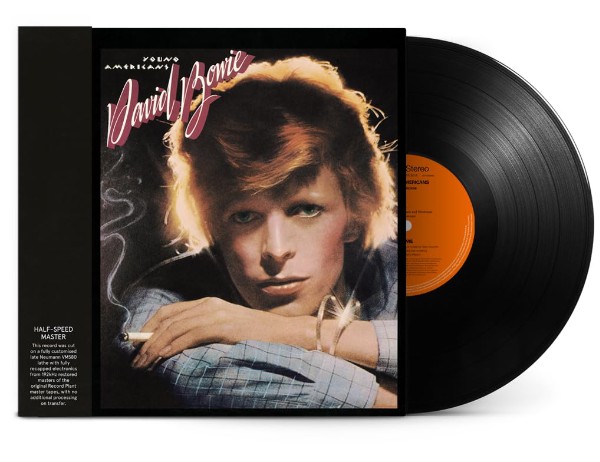
Of course, one of the standout elements of Young Americans is indeed the presence of an ex-Beatle’s stamp on two tracks: Bowie’s cover of Lennon’s 1968 Beatles classic “Across the Universe” (Side 2, Track 2), and their collaborative smash hit, dance-floor-filling funk-jam “Fame” (Side 2, Track 4).
As Young Americans found Bowie embracing the musical vibe coming out of Philadelphia at that time thus, parts of it were recorded at that city’s legendary Sigma Sound Studios. The album has a distinctly American flavor to it, making the title doubly appropriate. The title track is a classic, of course — and, along with “Fame” and “Across the Universe” in tow, these songs are enough to ensure this album’s status as an important record in the Bowie cannon. Still, in the past, I’ve always felt that, as an end-to-end listen, the Young Americans album was less than satisfying, so I’m more than happy to revisit and reassess it in the here and now.
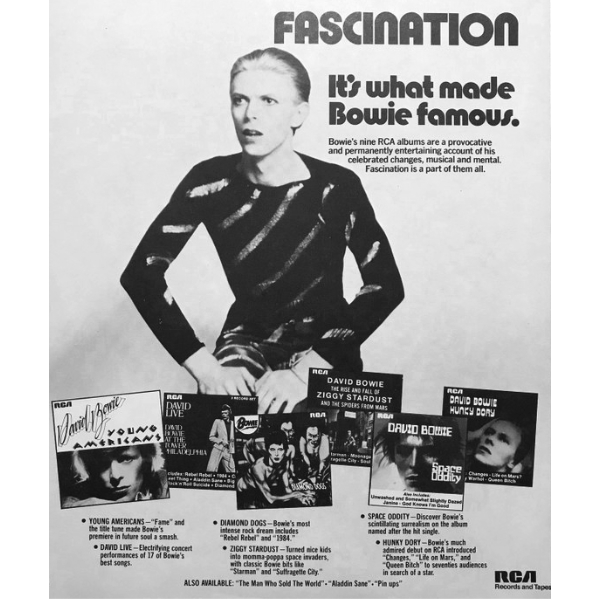
To that end, the new half-speed mastering actually has helped me better appreciate this record. As I had unfortunately purged my ’80s pressing (I have a surround sound CD/DVD digital combo in its stead), I’m effectively listening to the Young Americans album here with fresh ears, which is, ultimately, a good thing.
I can’t say 100 percent if it’s just the new mastering that is increasing my appreciation for this music or if it’s my significant growth and appreciation of funk and soul over the past 40 years that has changed my perspective. Whatever it is, today, I’m hearing Young Americans for the great blue-eyed soul album that it is.

This time around, I’m also feeling a better sense of song-to-song consistency in terms of the overall flavor of the album, and I’m hearing lots of details that I never noticed before — such as the quiet storm of “Win” (Side 1, Track 2), with its subtle orchestral strings and atmospheric synthesizer textures.
The opening of “Fame” (Side 2, Track 4) has always enjoyed some wicked distorted guitar skronk moments (played by lead guitarist Carlos Alomar), but I don’t remember it being quite as present and in your face as it is on this new half-speed-remastered edition. I even checked a few other versions online as well, in addition to my 2007 CD/DVD, for reference, and they’re not quite the same experience. This is a good thing, though, as the “Fame” solo is a super badass one that deserves its uncompressed analog spotlight.
“Fascination” (Side 1, Track 3) almost pre-echoes the direction of some ’80s Bryan Ferry solo tunes, post Roxy Music and May 1982’s Avalon. I also love the slinky-funky slow-churn of “Right” (Side 1, Track 4), while “Somebody Up There Likes Me” (Side 2, Track 1) is a sweet showcase for the iconic sound of David Sanborn’s soaring saxophone soloing that opens the song — and I also dig the backing vocal counterpoint moments there too. Sanborn’s sax also saves lesser tracks like “Can You Hear Me” (Side 2, Track 3) from getting completely lost between the magnificent pair of those Lennon-oriented tracks it is sandwiched between.
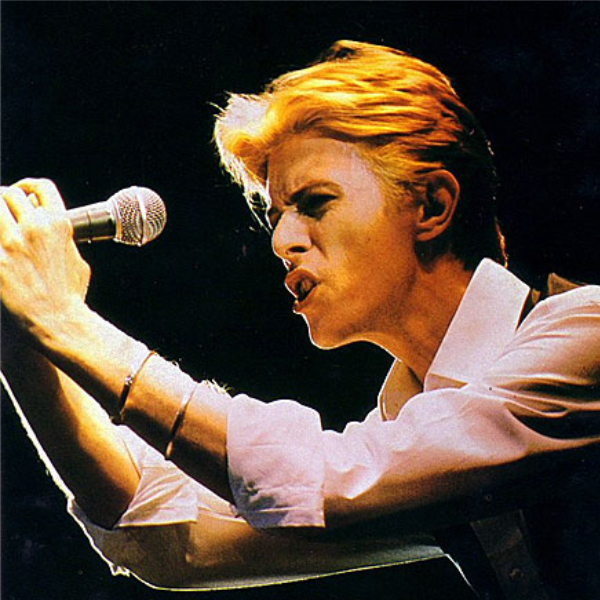
In terms of pressing quality, I have absolutely no problems with this new half-speed mastered edition of Young Americans. The vinyl is dark, quiet, and well-centered. Even though this new half-speed master does have a digital production stage (as mentioned earlier), the sound quality on this release is tight and easy to enjoy. Again, while I don’t have my original LPs in hand to compare it with, this new version feels less murky and more well defined than what I remember of the earlier pressings I’ve heard.
As far as numerical ratings go, I have no problem giving this new half-speed-mastered edition of Young Americans an 8.5 for Music, and a solid 9 for Sound. (AP editor Mike Mettler tells me he agrees about both of these ratings, given what he’s heard of it on his own quiet and well-centered copy that only evidenced limited, between-song popping and clicking in the middle of Side 2.)
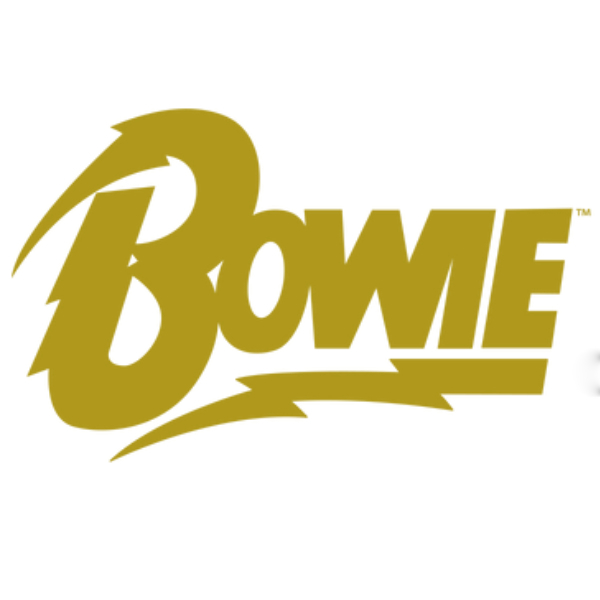
While my appreciation has gone up dramatically for Young Americans, it remains ultimately a transitional release. This album, of course, set the stage for Bowie’s next several studio albums — especially the artier and overall more consistent followup, January 1976’s Station to Station, which led us into his so-called Berlin Trilogy (January 1977’s Low, October 1977’s ”Heroes”, and May 1979’s Lodger). Taken on its own, David Bowie’s Young Americans is a fine album indeed. And, for just $24.99, this new half-speed-mastered reissue makes total sense to pick up — especially if, like me, you need a fresh, clean playable copy of it for your collection.
Author bio: Mark Smotroff is an avid vinyl collector who has also worked in marketing communications for decades. He has reviewed music for eCoustics, among others, and you can see more of his impressive C.V. at LinkedIn.
Footnote 1: AP editor Mike Mettler adds: That keen, hybrid RCA/Bowie logo can indeed be seen on other recent David Bowie LP reissues such as the 50th anniversary half-speed-mastered Parlophone editions of both The Rise and Fall of Ziggy Stardust and The Spiders From Mars that came out in June 2022 (Music: 10 / Sound: 9) and Pin Ups a year later in October 2023 (Music: 9 / Sound: 7; in fact, Mark reviewed that one here, on October 17, 2023). RSD Bowie releases like April 2024’s Waiting for the Sky (Before the Starman Came to Earth) also sport that very same label (and you can see my coverage of that cool Waiting LP here, which posted on January 17, 2024).
Footnote 1 addendum: Mettler here again — for additional Bowie coverage of ours, see my recent New Wax Wednesday report on his upcoming mondo (prefix number included) 6. I Can’t Give Everything Away (2002 – 2016) 180g 18LP box set, which posted here, on July 9, 2025.

DAVID BOWIE
YOUNG AMERICANS
1LP (RCA/Parlophone)
MUSIC: 8.5
SOUND: 9
Original album produced and mixed by David Bowie, Tony Visconti, and Harry Maslin
Original album engineered by Eddie Kramer, Carl Parulow, and Harry Maslin
Original album mastered by Greg Calbi
Half-speed-master lacquers for this reissue cut by John Webber at AIR Studios
Side 1
1. Young Americans
2. Win
3. Fascination
4. Right
Side 2
1. Somebody Up There Likes Me
2. Across The Universe
3. Can You Hear Me
4. Fame
